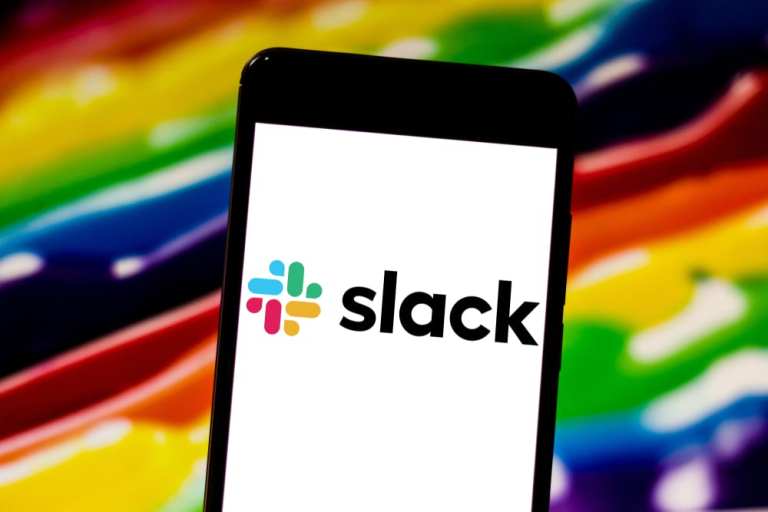Direct IPOs Fire Shot Across ‘Old Economy’ Bow

Call it direct-to-consumer — in a way. Headed into this week, Slack is set to offer up shares in an action that differs from the traditional initial public offering (IPO) listing process.
The company is slated to go public on Thursday (June 20) at a valuation that may lie between $16 billion to $17 billion. One might be familiar with its eponymous software, which helps workers across organizations to communicate and collaborate with one another.
It’s the direct listing that bears watching, as it signifies a bit of shakeup, along with some new economy companies that opt to go direct rather than be underwritten by traditional means. One direct listing predecessor has been Spotify.
First, a bit of mechanics: The IPO model is one where Wall Street firms scramble and jockey for, and ultimately garner, (sometimes very lucrative) underwriting and advisory fees — at least, as it has been done across the years.
“Wall Street is about to find out how afraid it should be,” Bloomberg noted over the weekend.
Jeremy Fox, who oversees equity capital markets for Deutsche Bank in the U.S., said, “There are only a few companies that can successfully execute on a direct listing. Spotify was one of them, Slack is one of them, but it’s not for everyone.”
The model is one where holders (management, founders, investors — in other words, private holders) list shares for sale on a given exchange. The traditional IPO is predicated on a sale of new shares to the public. When new shares are issued, the existing holders are diluted by the new holders. If the shares are ultimately traded for less than many anticipated (or if, indeed, the IPO is a busted one), everyone loses.
There’s a ripple effect with the IPO that disappoints. Stocks — equity, that is — exist as a form of currency. Equity can be sold strategically, and deployed in times of financial need. However, if shares are relatively depressed, the company gets less financial firepower. In times or anticipation of rising interest rates, where tapping debt markets may be increasingly expensive, it can be an option to list new shares.
The fact that roadshows — those stretches before IPOs that let underwriters gauge interest in shares (and where oversubscribing drives up prices) — set expectations for public listings helps set a floor under prices.
For companies, the listings are, of course, cheaper to the tune of millions of dollars, which can be spent on operations, and maybe even acquisitions. That’s not a far-fetched notion, as Slack is reportedly paying its advisors (yes, Wall Street names — about 10 of them) about $22 million. Consider the fact, though, that underwriting fees in traditional IPOs can be mid-single percentages of gross proceeds of the total IPO. Assume a $16 billion listing at 5 percent, and the fees shake out to much more than $22 million.
For the holders selling, too, advantages lie with direct offerings, as the lockup periods of traditional IPOs are not in place, and can span several months. At the same time, direct listings mean that everyone gets the same chance for the same price. That runs counter to the allotments parceled out by traditional IPO routes, where bankers decide who gets how many shares. Perhaps direct listings might be termed a democratization of stock listings?
The fact that a company choosing to list directly does not raise any new capital means these firms — Spotify and Slack among them — may feel that they have enough capital in hand, or that other traditional financing means (like debt) may still be cheap even after a period of rising rates, albeit off historical lows. It’s a positive signal in organic prospects, and perhaps of capital’s affordability, as well as organic growth ahead.